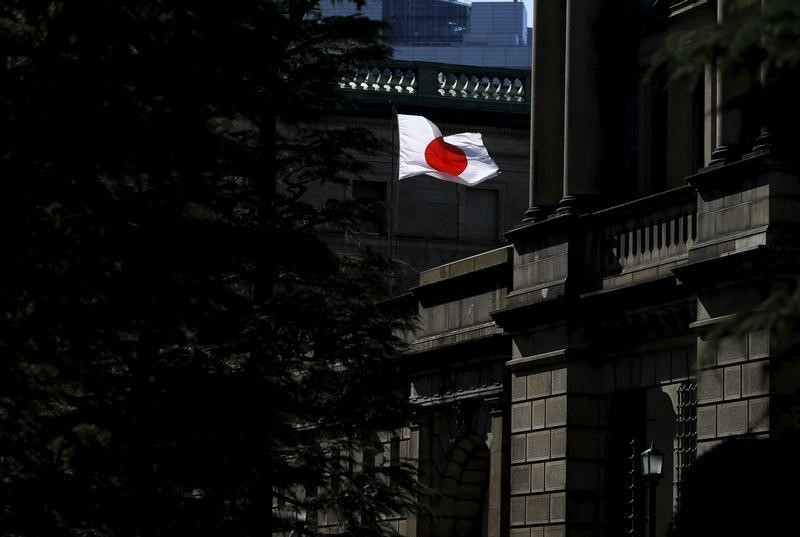Eos Energy stock falls after Fuzzy Panda issues short report
Investing.com-- The Bank of Japan is widely expected to leave interest rates unchanged at the conclusion of a meeting on October 30, with focus squarely on the bank’s outlook amid sticky inflation and an increasingly dovish outlook on fiscal policy.
The BOJ is to leave its benchmark rate unchanged around a guidance of 0.5%, after last raising the rate in January this year.
Analysts broadly expect the BOJ to leave rates unchanged in the near-term, especially with the election of fiscal dove Sanae Takaichi as prime minister. Takaichi is expected to ramp up government spending, and has in the past spoken against more interest rate hikes by the BOJ.
Bets on a near-term hold come even as data released last week showed Japanese consumer inflation accelerated in September. The print, coupled with recent, hawkish-leaning comments from BOJ Governor Kazuo Ueda, still kept markets geared to an eventual rate hike by the BOJ, with 1.0% seen as a target rate.
Some members of the BOJ were also seen dissenting in favor of a rate hike during the BOJ’s last meeting.
ANZ analysts said while they expect some dissent in the BOJ’s ranks in October, they see the central bank leaving rates on hold.
“The new administration is likely to bring in more expansionary monetary and fiscal policy. We expect the BoJ will want some time to acclimatise to this new regime and its policy goals
before considering further rate normalisation,” ANZ analysts said.
ANZ sees the BOJ’s next hike of 25 basis points coming in January 2026, and again in April 2026.
ING analysts said while they also expect the BOJ to remain on hold in October, sticky inflation makes a December rate hike appear more likely.
“Japan’s core inflation remaining above 3% is likely to support the Bank of Japan’s policy normalisation efforts,” ING analysts said.
Analysts predicting an October hold said heightened global trade tensions could also keep the BOJ cautious and unwilling to shift policy in the near-term.
How will the Nikkei 225 react?
Japanese stocks surged in October on Takaichi’s election, with the Nikkei 225 hitting a series of record highs this week, as did the TOPIX.
But local stocks now appear much more vulnerable to profit-taking, with any hawkish-leaning commentary from Ueda likely to spark some near-term losses in the Nikkei.
While the BOJ left rates unchanged since January, it had still tightened policy in the interim, especially by winding down its balance sheet expansion measures. Ueda has also repeatedly signaled that the central bank will raise interest rates again if inflation and economic growth pick up in line with its forecasts.
On the other hand, if the BOJ strikes a dovish chord, especially in the face of Takaichi’s fiscally expansionary policies, Japanese stocks could receive more support.
How will USDJPY react?
The Japanese yen was battered by expectations of more fiscal loosening under Takaichi, with the USD/JPY pair– which gauges the number of yen required to purchase one dollar– rising to its highest level in eight months in October.
But hawkish comments from the BOJ could offer the yen some strength, especially if Ueda signals that more rate hikes are still on the horizon. Recent declines in the yen could also prime it for a rebound, especially on the back of a hawkish BOJ.
While the yen did log sharp declines against the dollar in October, further losses were stemmed by bets that the Federal Reserve will cut interest rates during its late-October meeting.
The Fed will conclude its meeting just a day before the BOJ.
